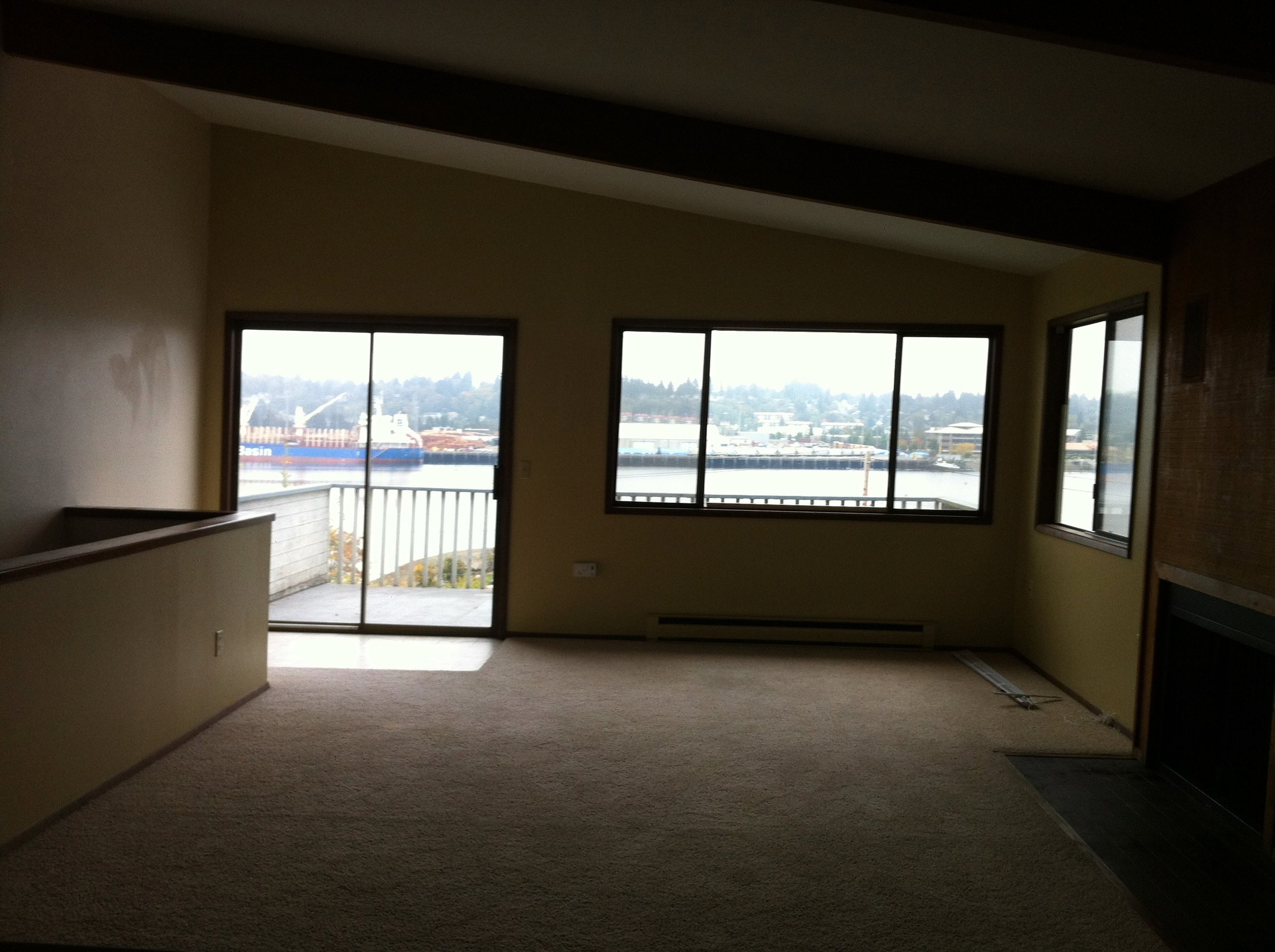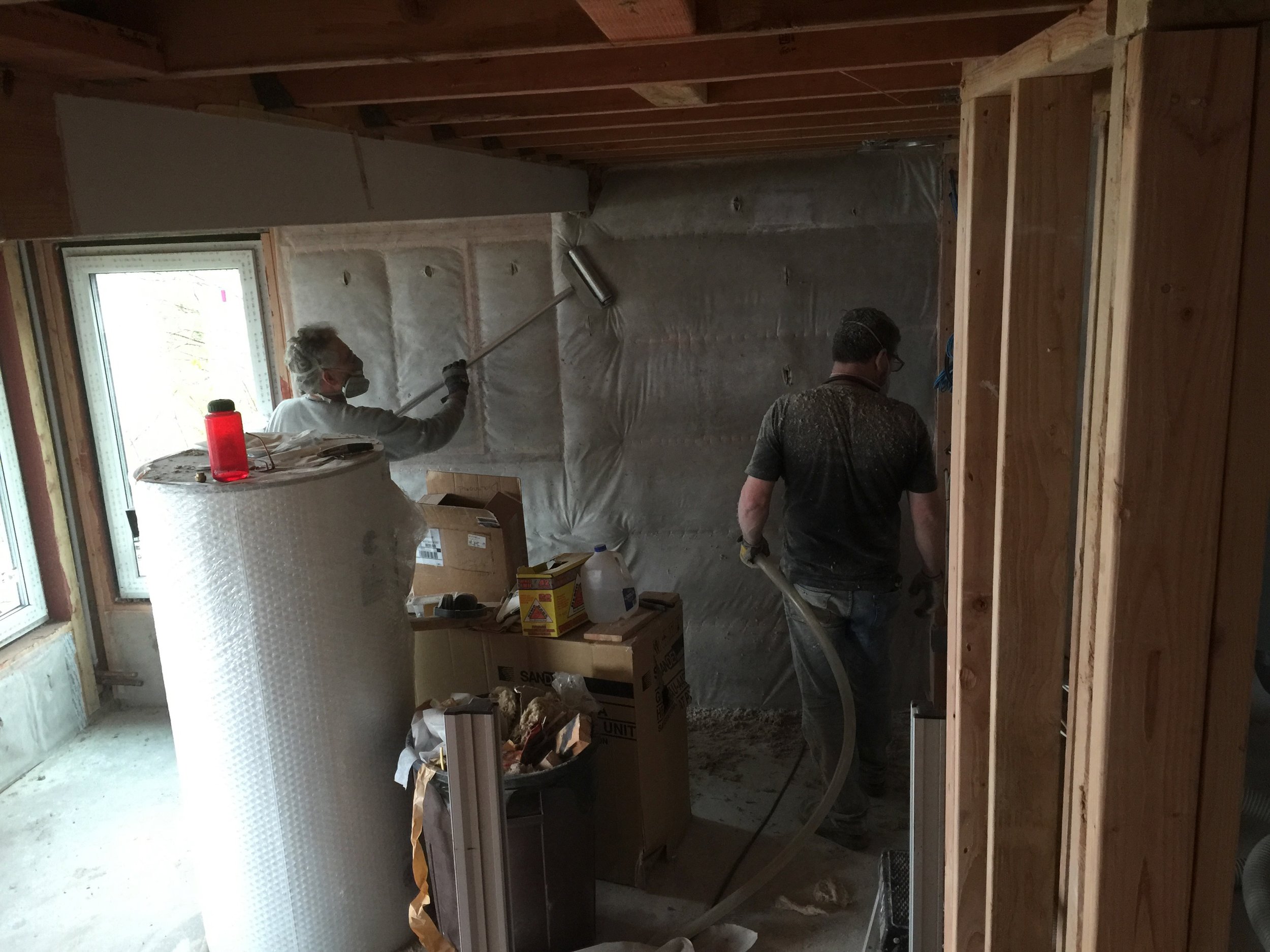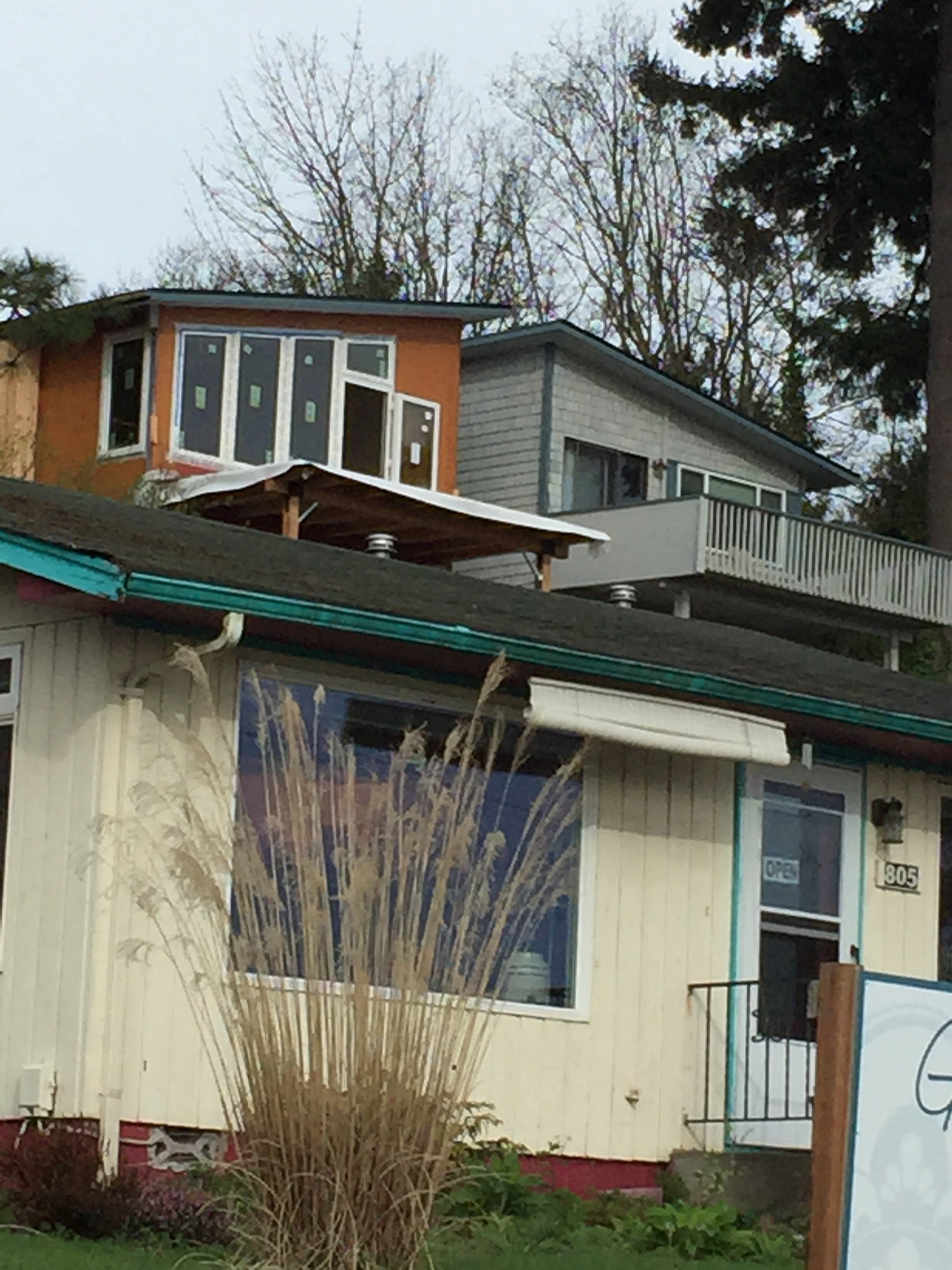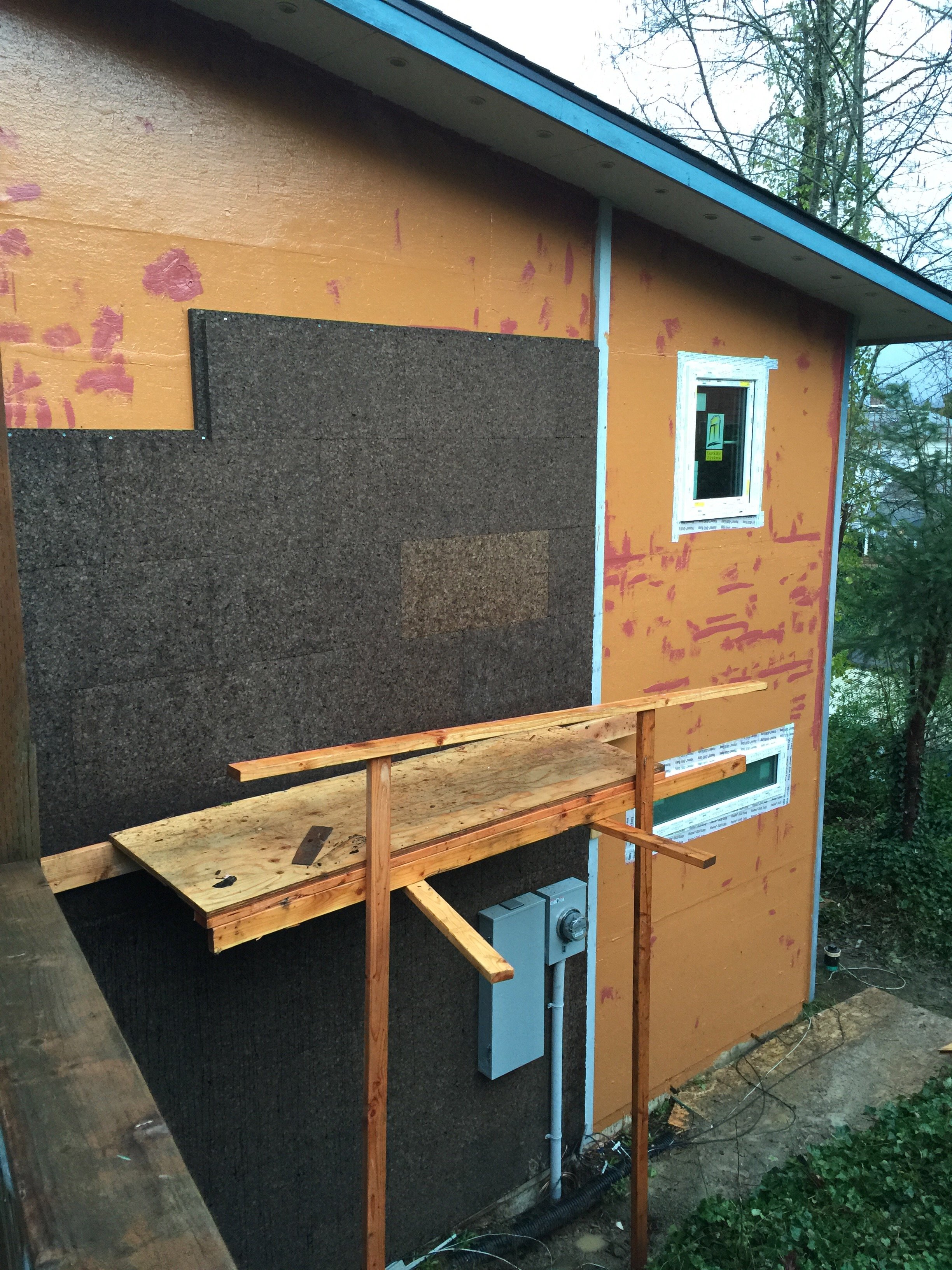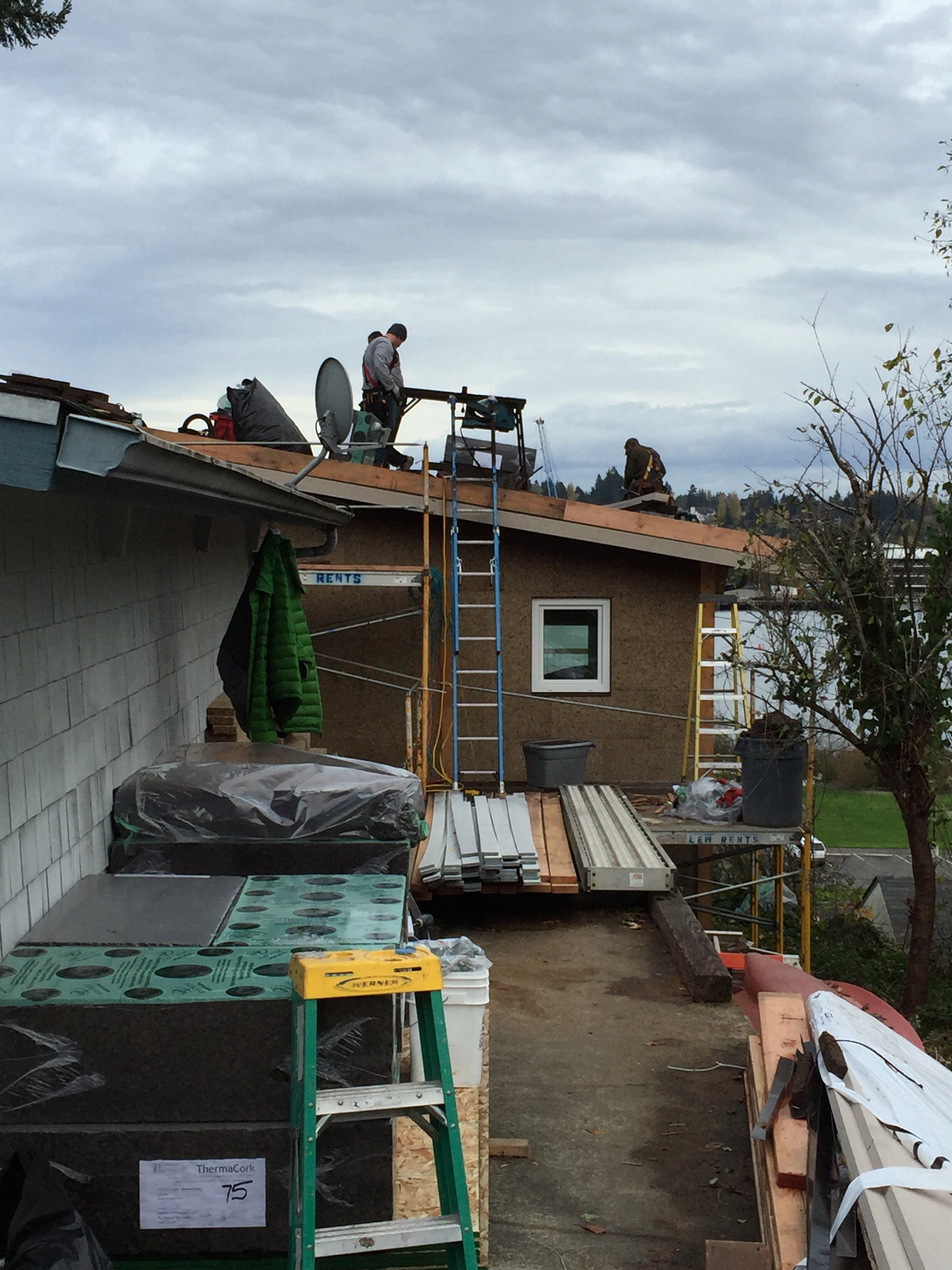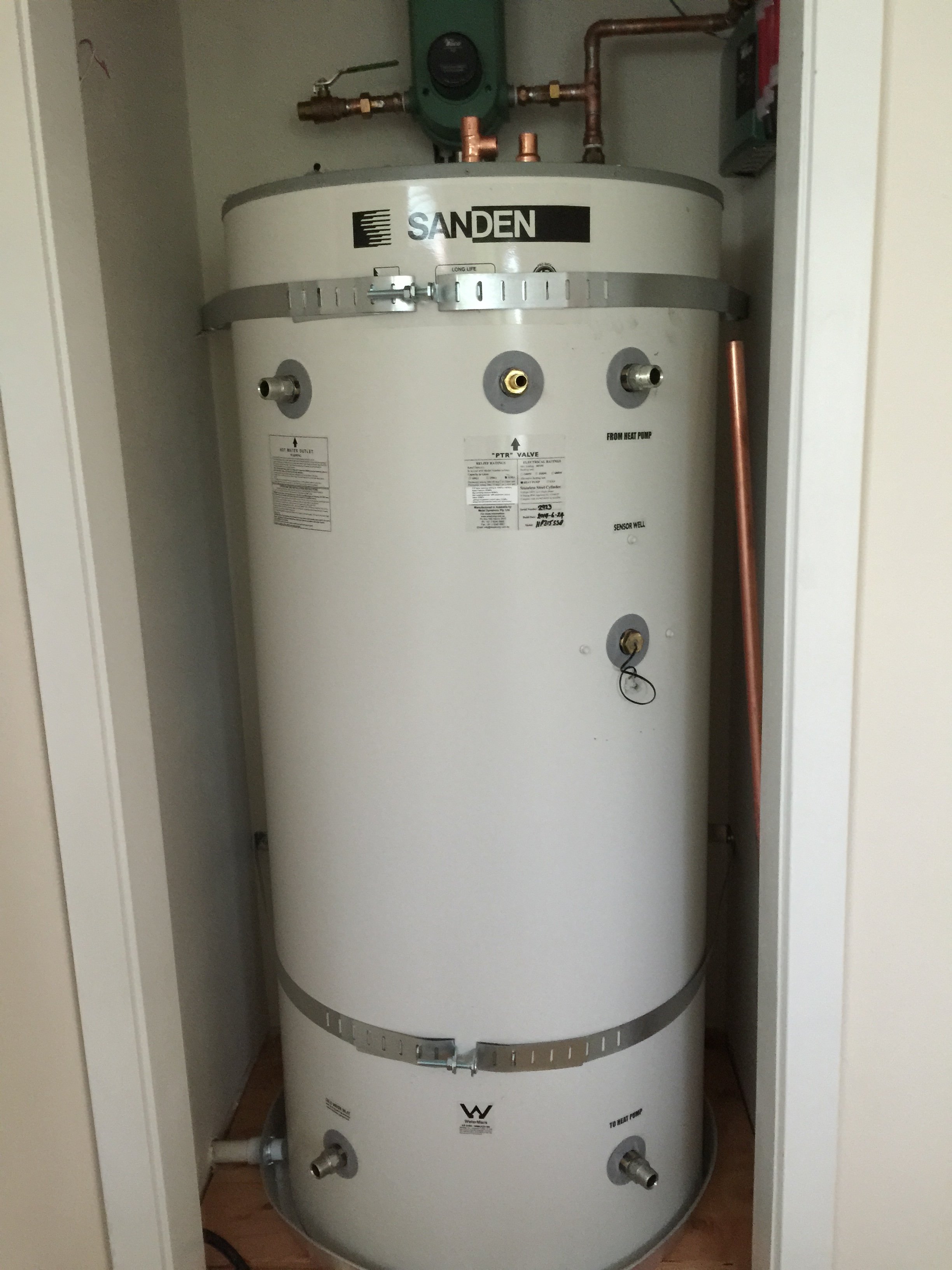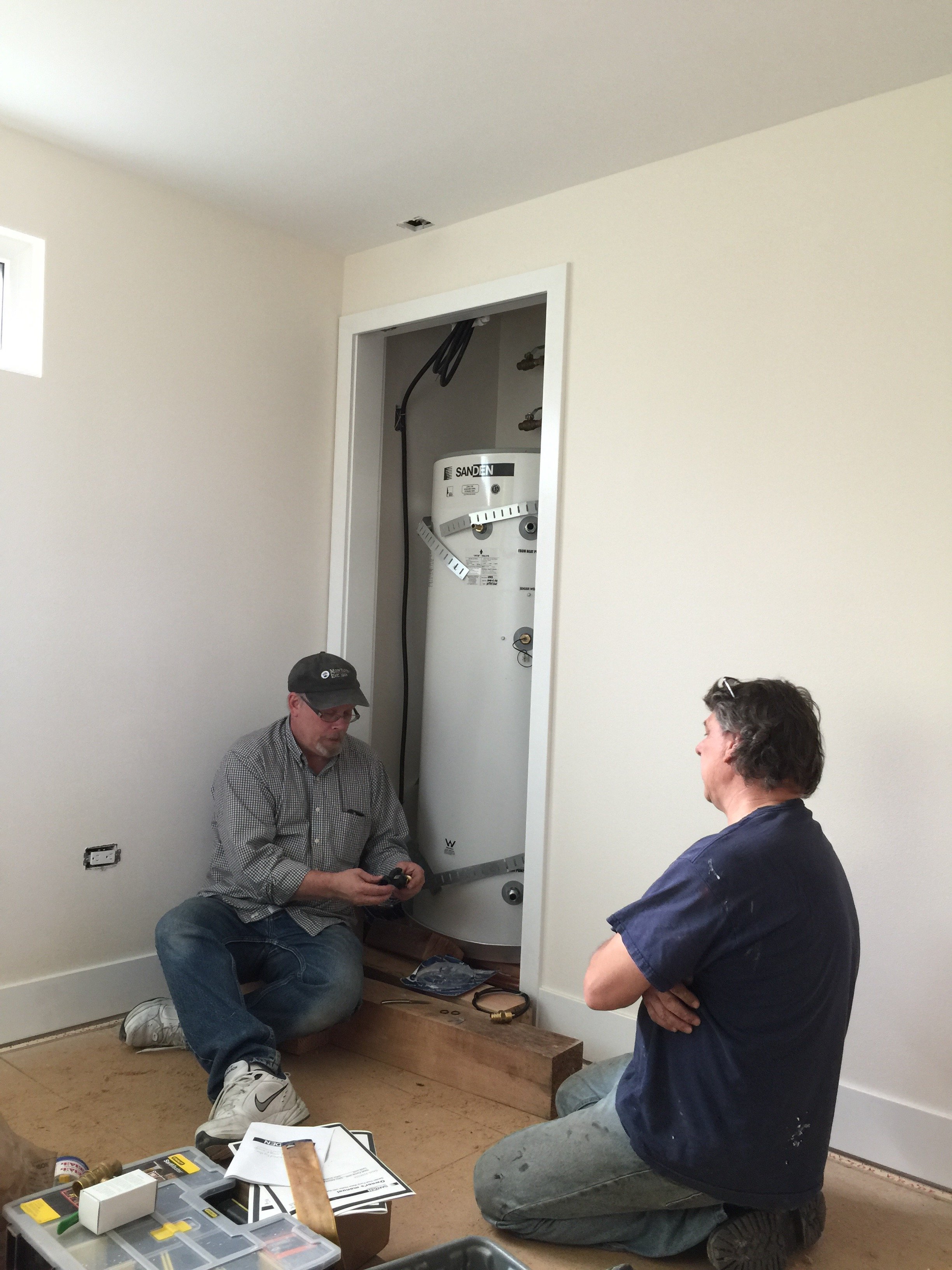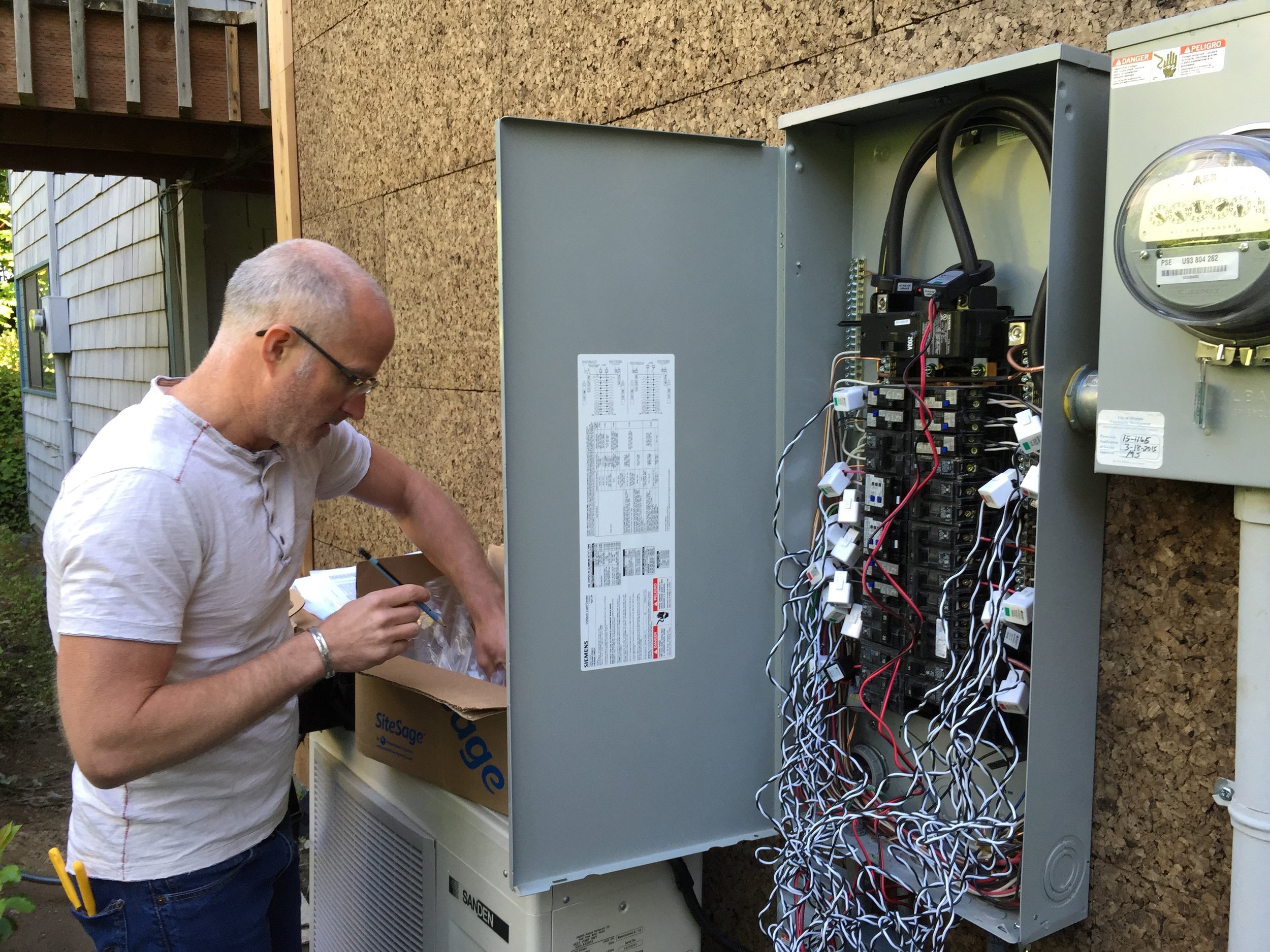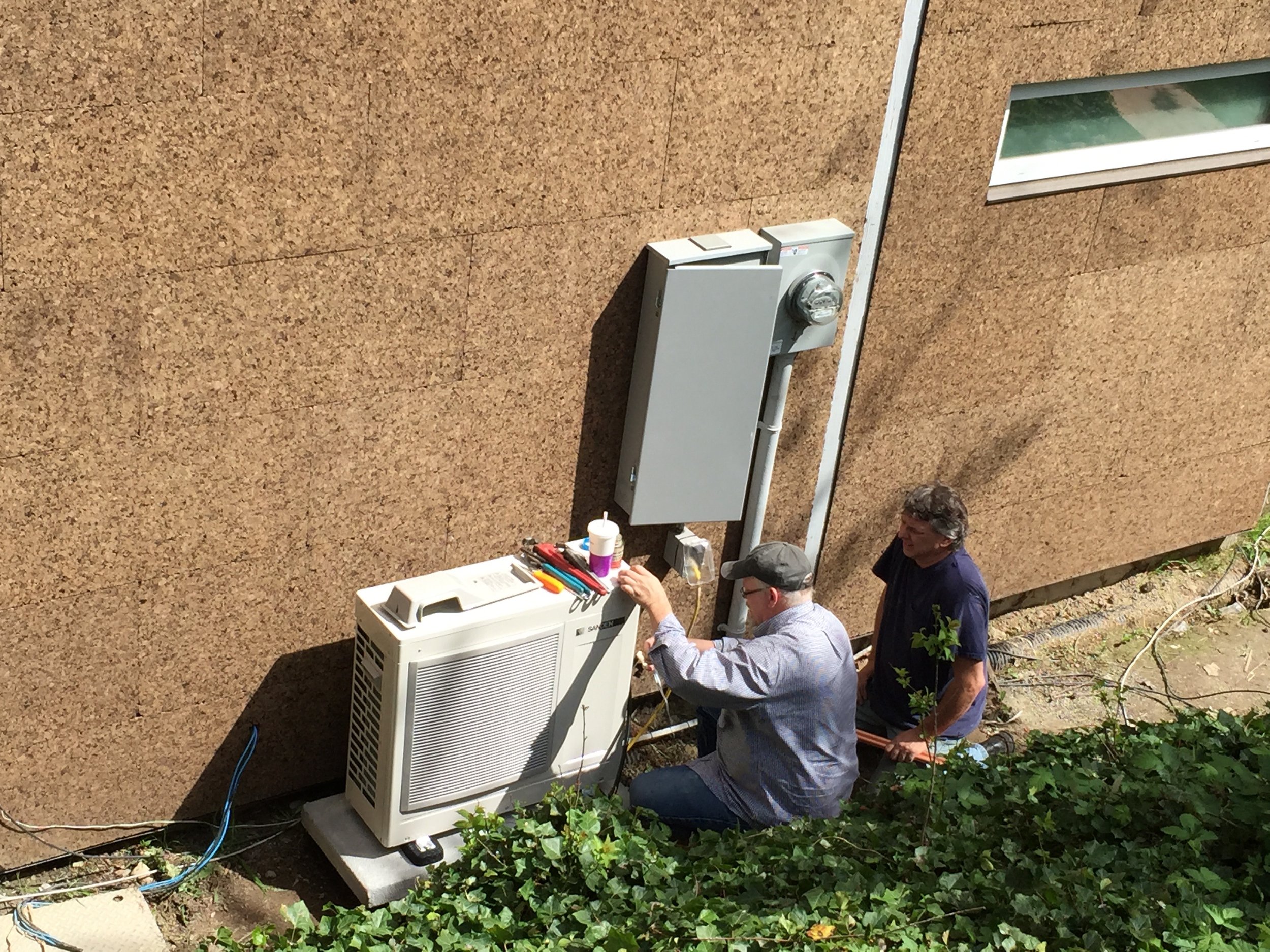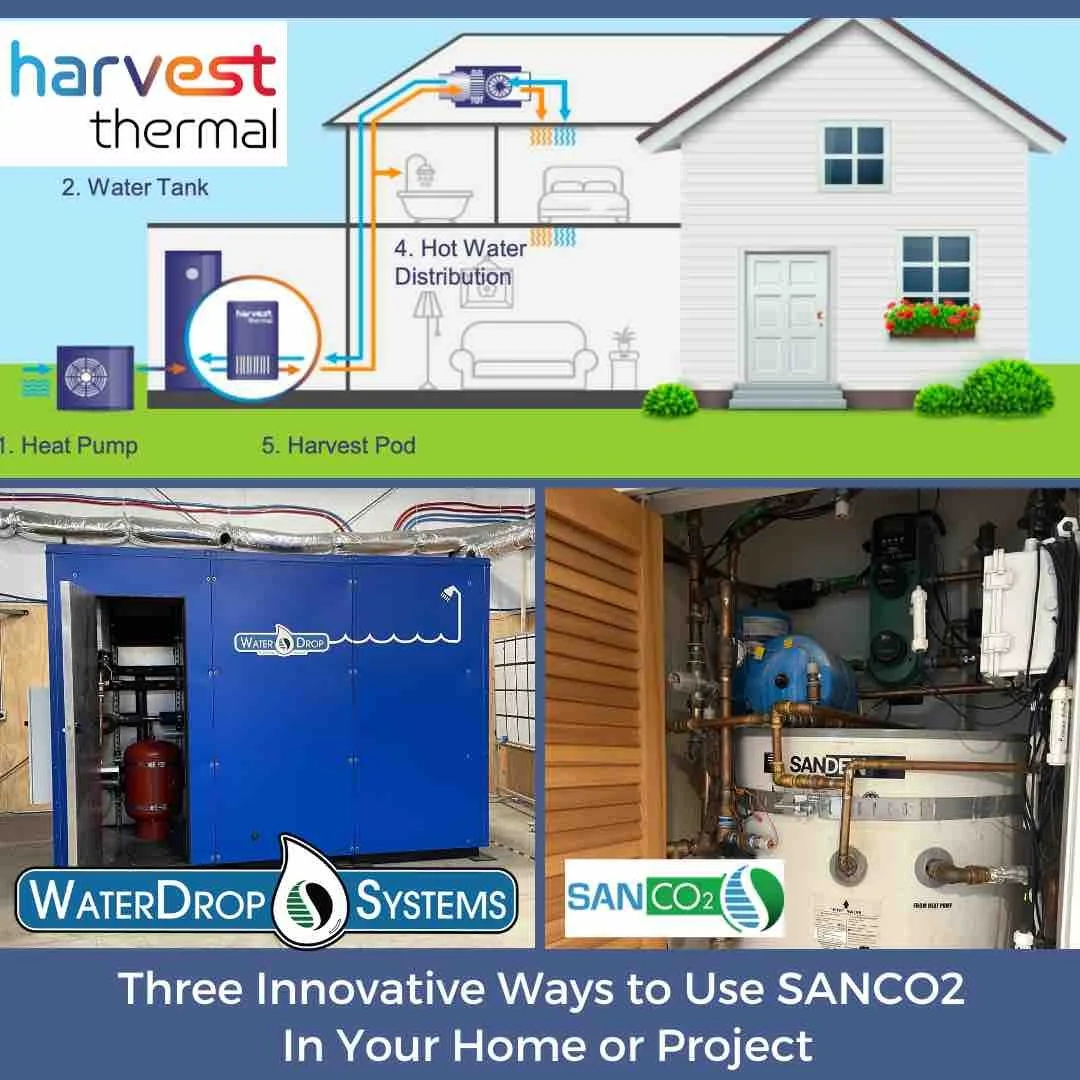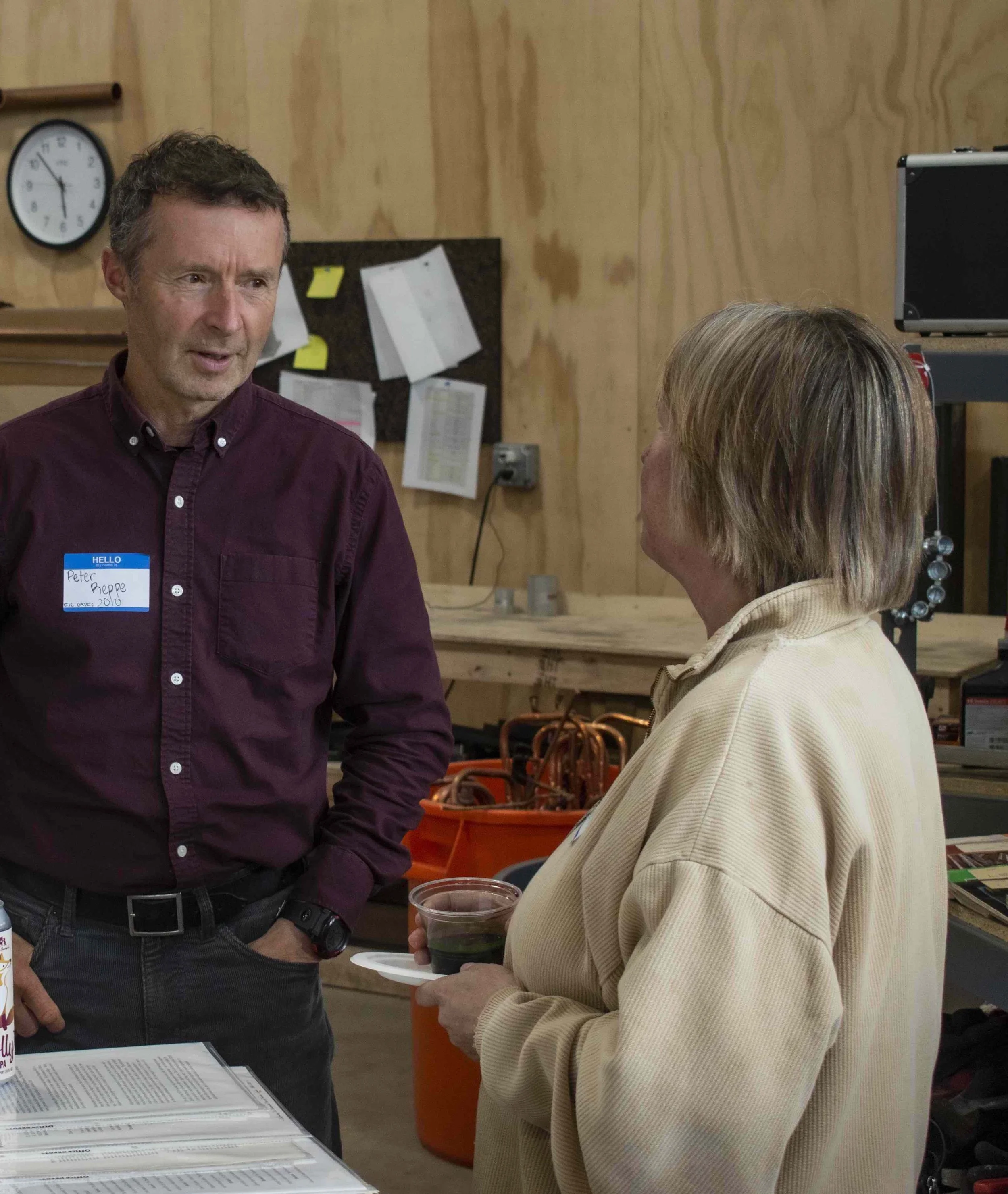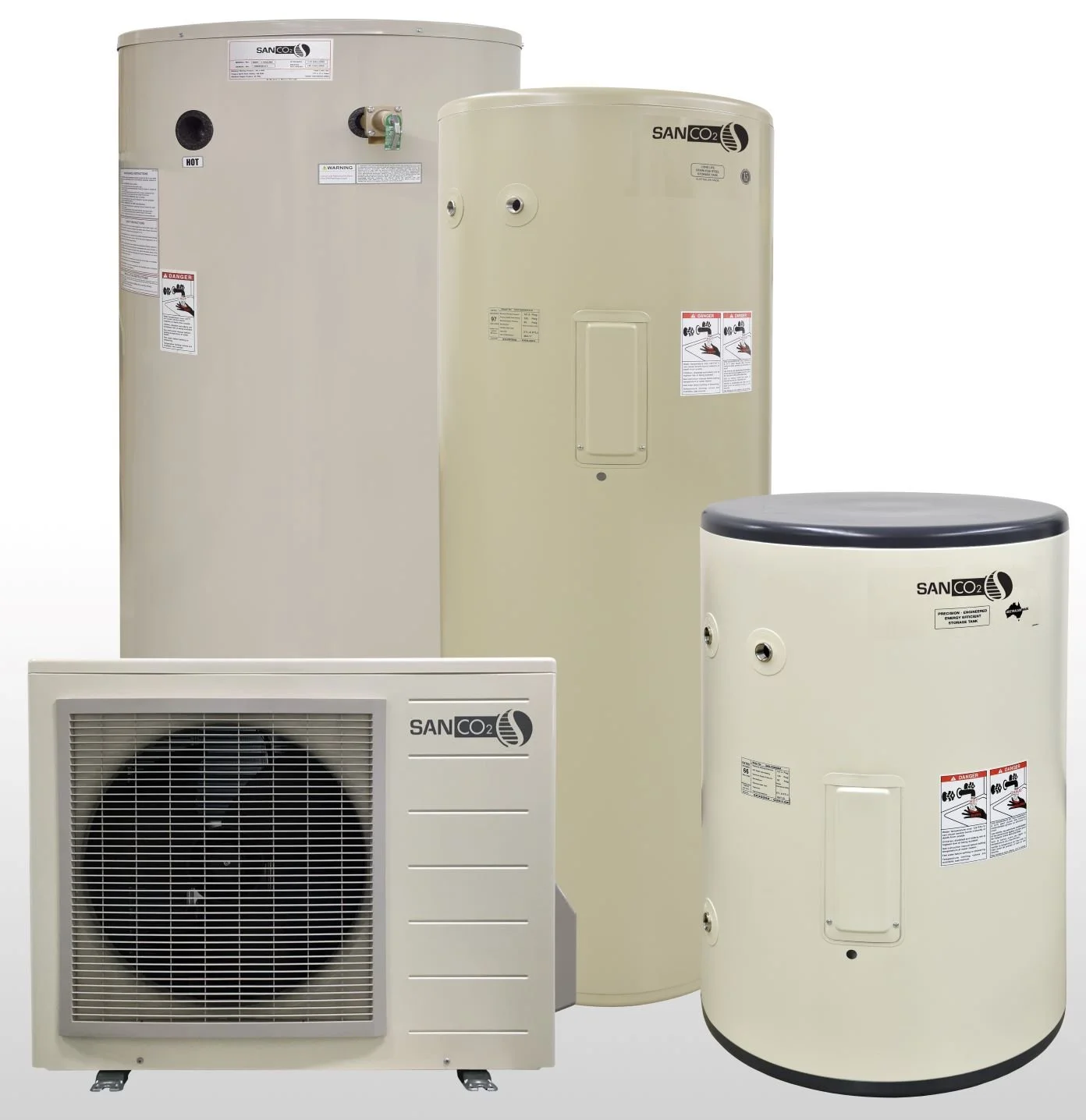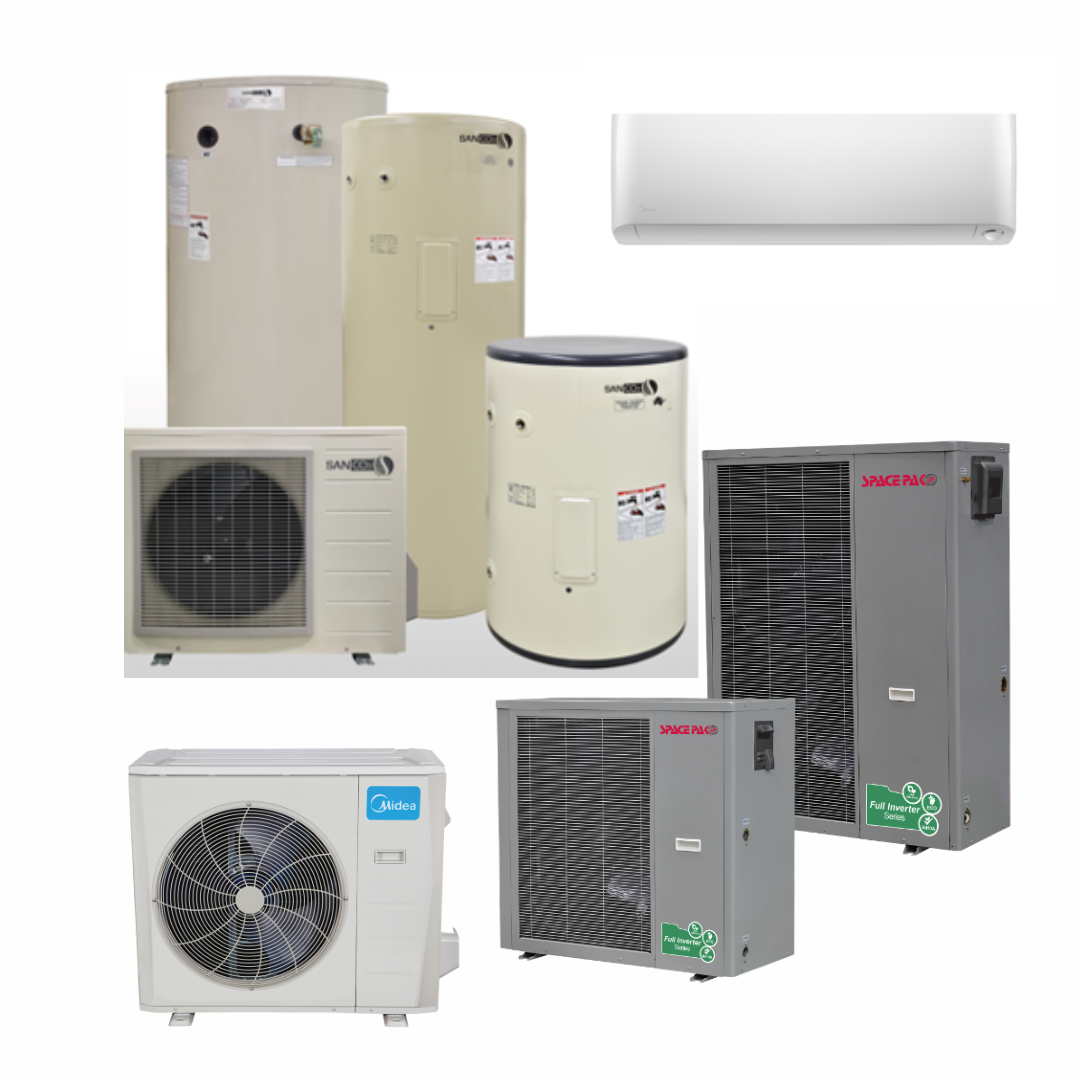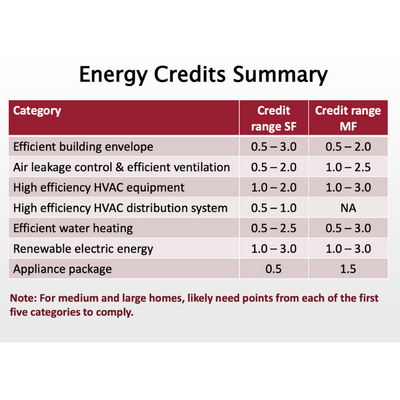Unlocking the Combi: Lessons from the First North American SANCO2 Retrofit
/If you’ve explored our Small Planet Supply website a bit, you may have run into our SANCO2 for Space Heating page. If you haven’t, a SANCO2 combi system refers to when a SANCO2 heat pump water heater is also used to heat a home in addition to providing domestic hot water. This innovation of doing this in North America really started here in the Western United States. In fact, the first SANCO2 combi used in a retrofit application in North America was done by Small Planet Supply CEO Albert Rooks in 2015. If you’ve ever wondered about the backstory using a SANCO2 combi system in retrofit construction, this interview is worth a read.
How did you learn about SANCO2?
I learned about the SANCO2 combi system from friends in Passive House Northwest who were also trying it for some of their projects, but only for new buildings I was really attracted to these heat pumps using CO2 as a refrigerant – which offered environmental benefits and a high COP. At that point the SANCO2 wasn’t even available in the market yet, it was only available through trial projects because it didn’t have UL and couldn’t meet inspection without some special permissions.
How did you end up choosing to install a SANCO2 combi system?
In 2014, we bought a 1970s poorly constructed 1,250 square foot home overlooking West Bay in Olympia. Let’s face it, we bought it for the view, but couldn’t stand the idea of living in a leaky cold house, especially since our business is all about high performance building. After doing a lot of work in improving the building envelope, including using Prosoco R-Guard products, installing Thermacork cork insulation on the exterior walls and roof, blowing cellulous into the interior of the exterior walls as well as installing triple pane windows, we knew we had worked hard to make a home that while not up to Passive House standards, was pretty darn close in energy usage. I started wondering if maybe we could use a SANCO2 combi for heating and hot water.
TACO X-PUMP BLOCK
Around this time, I was fortunate enough to meet Ken Eklund at a building efficiency conference in Seattle and approached him to include our retrofit of one of his study projects about the SANCO2. Ken learned about SANCO2 being used to also heat high-efficiency homes from friends in Passive House Northwest. Ken Eklund and Ecotope designed the first combi system. Ken was excited because our house was in Olympia, which would be accessible to him. He did an assessment about what our building envelope plans were, so that he could confirm that the SANCO2 would fit within the design load parameters of the equipment. We went through the design plans, and he did a Manual J load calculation and found that it was close to what we thought was a reasonable load design. It was about 11,000 BTU an hour at a design temperature of 23 degrees Fahrenheit. He felt the house would be a good addition to the research study and it met the parameters of what could work. We would be the first retrofit project to do a SANCO2 combi in North America. Ken was excited about that too. The design was created, and we selected Runtul radiators as our emitters and then selected a local plumber to start the installation.
What were the attributes of your retrofit project that made the SANCO2 combi a good choice?
Well, as mentioned earlier, we had a solid load calculation of how much energy the house needed. We had very compact plumbing design, so we didn’t have a lot of piping losing heat. We didn’t have a big soaker tub that needed a whole bunch of hot water, so our water consumption was really on the low side, which costs a bit in the efficiency with the SANCO2, the more you use hot water (DHW) then the higher your efficiency goes. On the other hand, our less-than-optimal usage also meant that we never used so much hot water that our system had difficulty keeping up with demand.
SANCO2 combi systems use Taco X-Pump Blocks. What are they and what do they do?
A Taco x-pump block is a flat plate heat exchanger, with two pumps (one variable, one fixed) and some programming logic. It will run in an outdoor reset mode and all those features combined allow it to work with a “unique boiler”, in this case the SANCO2 water heater with an 80-gallon tank.
Runtal radiators hung discreetly below the windows keep the energy efficient retrofit warm and cozy
Essentially the reason the X-Block works with a SANCO2 heat pump is that it will just take little sips of energy over a long period of time, rather than big gulps of energy over short periods of time like the systems that manage boilers would. Because with boilers, you’re just burning fuel, so you can just burn a lot of fuel and a pull a whole bunch of energy out of the boiler.
With a heat pump water heater it doesn’t have that much energy that you can pull out of the tank only 100,000 BTUs in an 80 gallon tank (90,000 BTUs), so the strategy is to let the heat pump build the BTUs up in the tank and then take a little bit at a time over a long period of time, just enough to keep the building at its set temperature. The TACO does that well because it’s got an outdoor air temperature sensor, allowing it to know what the outdoor temperature is and therefore it knows what the heat loss of the building is. When it’s not cold outside there’s not much heat loss, so it doesn’t pull much energy out of the tank. When it’s cold outside, it ramps up the variable speed pump and you get to pull more energy out over a longer period of time; enough energy to keep the building warm using longer heat call cycles rather than the short heat call cycles that you’d see with a forced air gas system or something like that that might wake up, run for 10 minutes and then shut off. The SANCO combi strategy is to keep pulling a little bit of energy out and then in the mean while the heat pump has enough capacity to replace that energy that you’re pulling out. That’s why the TACO works well for this purpose and other systems don’t.
Were there any problems once the system was installed?
Since we installed our system in 2015, we were using the original Gen1 units that were manufactured in Australia. It turned out that the original SANCO2 units that were imported from Australia had an adequate defrost for a water heater but didn’t have an adequate defrost cycle for a combi system. Our unit froze up and it couldn’t keep the house warm. Fortunately, since our house was well insulated, we could run our condensing dryer to keep the house warm.
What specifically was happening?
A heat pump water heater looks at the outdoor ambient temperature to determine when to run a defrost cycle. When the outdoor temperature is below freezing, it knows it needs to run the defrost cycle. But with the combi system configuration, energy is being pulled out of the tank continuously and being given to the house, so water isn’t being dumped down the drain and little or no fresh cold water was brought into the tank. This caused the tank to lose its stratification (that cold layer at the bottom). When the cold layer was gone at the bottom, the heat pump sensed warm incoming water and would mistakenly assume it was warm outside and not run a defrost program even though the outdoor air sensor was telling it that it was cold outside. So essentially, there was a failure in the original programming logic. As a result, our heat pump froze several times. The fan wouldn’t move, I opened the outside unit, and it was a big, monstrous block of ice. What we experienced is what almost all the early projects in the northwest experienced, was this defrost problem of icing at sub-freezing temperatures.
How did the situation get resolved?
Luckily the SANCO2 G3 unit had a logic update with a new PCB board and a new frost prevention cycle that looked at the outdoor air temperature and ran the defrost more on the outdoor air temperature while also allowing the incoming water temperature to heat to 120 degrees. We never had a problem after switching to the G3. Subsequent models all have similar logic built into the defrost cycle. If the unit can meet the building load, there should be no problem. When it can’t meet the building load then you’ve got a heat pump in a condition where it’s freezing, and it can’t meet the building load and it’s running all the time and its performance will diminish and it just won’t keep a building warm if it’s asked to make more heat than it’s capable of producing.
Were there any site-specific challenges?
We had an unexpected issue with water pressure. Before we did the retrofit, there was just a plumbing system and there was nothing that was sensitive to high water pressure. Because we lived on a slope it turns out that we had fairly high water pressure. A heat pump has some parameters that it needs to work within regarding water pressure. At some point there were some changes in the city water pressure, and it started throwing some high-pressure error codes because the water pressure was above 95 PSI, which is high. That would cause leaky faucets and things like that, pipes that would make noise. To fix that we installed a pressure regulator where the water enters the building. The SANCO2 system did let us know about the high-pressure issue, it just took us a while to figure it out and how to remedy the situation.
Would you do it again?
For me this was a positive experience. The system’s still running now and heating the home. I still like the system quite a bit.
If I were to design a SANCO2 combi system in a future build, I would put in a mini-split for cooling and use the SANCO2 for heating. The reason being is that mini-split in heating have these defrost cycles where the coil is cold, and I can feel the cold radiating from them. I’d rather have the long runs of warm, radiant heating that doesn’t reverse like a mini-split does. That way there is the full warmth of radiant heating in the winter with no fan noise. The mini-split could be used in the in summer for cooling as needed.
SANCO2 Continues to Fuel the Switch to Energy-Efficient Electric Water Heating
Since the introduction of SANCO2 heat pump water heaters to the North American market, it has inspired multiple ways to harness the fossil-fuel hot water heating power:
Single heat pumps have been used to heat water for multiple living units in multi-family projects
SANCO2 combi units are being used to heat water and provide space heating in homes across North America
Multiple units are being ganged together in a product called WaterDrop DHW Drop-In Systems to provide hot water for commercial and multifamily buildings


